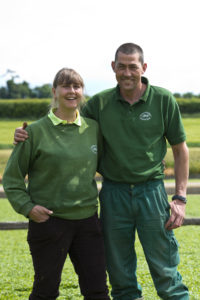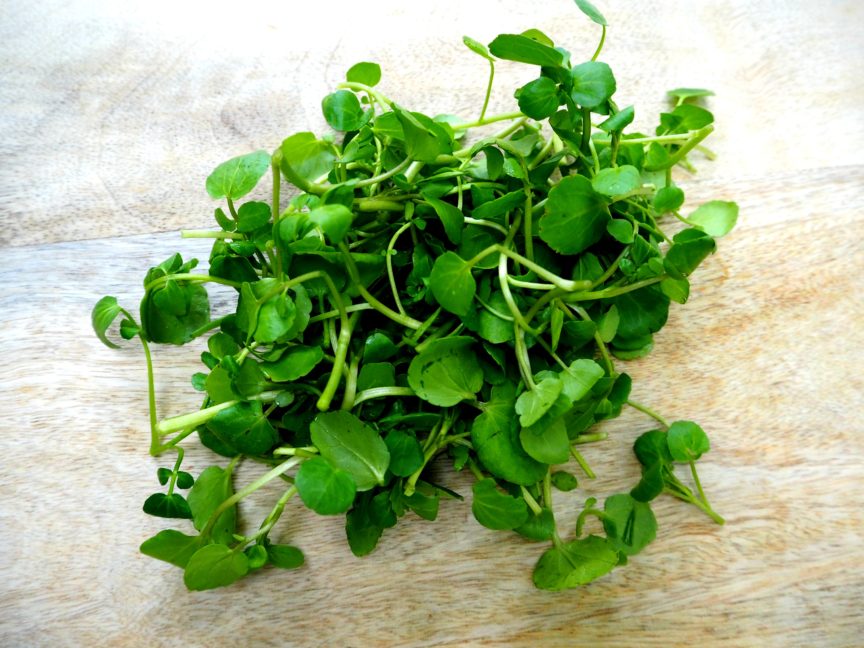Healthier than kale, grown in Hampshire and Dorset in watery gravel beds, it really is a unique crop and its British season runs from May to October.

BNPS.co.uk (01202 558833)
Pic: RachelAdams/BNPS
Husband and wife Sean and Penny Ede, both production managers of The Watercress Company, Dorset.
Penny Ede first started working on a watercress farm at the age of seven when she’d join her dad after school and in the holidays to help hand bunch the watercress ready for market. She ultimately chose it as a way of life at the ripe old age of 18, following in both her father’s and grandfather’s footsteps. Not satisfied with that, Penny married a watercress man, Sean having met in a local pub, unaware at that point that they shared a passion for the same industry. They now run The Watercress Company.
Sean, unlike his wife, was not necessarily destined for a life in watercress but rather fell into it on the advice of a local careers officer at the age of 16. Both the Edes have now worked in the watercress industry for 28 years and have been happily married for 23 of them. Today Sean is a production manager for the Watercress Company, looking after their five Hampshire based farms, and Penny is his assistant manager. She says: “I enjoy every single day and I still get a buzz after all these years. This is a way of life, it eats into you and absorbs you. You can’t leave.”
Some couples might find it a strain on their relationship to be in the position of boss and assistant but by all accounts it has actually enhanced their marriage – working on the same farms and in the same industry means the Edes really understand the stresses that the other is under. Where possible though they do try to leave work at the farm, and as Sean puts it, “I might be the boss at work, but she’s definitely the boss at home!”
Nutritional value of watercress per 100g: Calories = 11, there’s virtually no fat of any kind, no cholesterol, sodium, fibre, carbs or sugar, a bit of protein but does have a big dose of Vitamins A (63%*), C (71%) and a little bit of Vitamin D and B-12 (5% each). *Percentages show total of your recommended daily amount.
Food features and recipes like this appear in the Desang Diabetes Magazine, our free-to-receive digital journal. We cover diabetes news, diabetes ‘kit’ and information on food suitable for maintaining good blood glucose control or a diabetic diet, including a regular Making Carbs Count column. It’s free! Go to the top of this page to sign up – we just need your email address.

